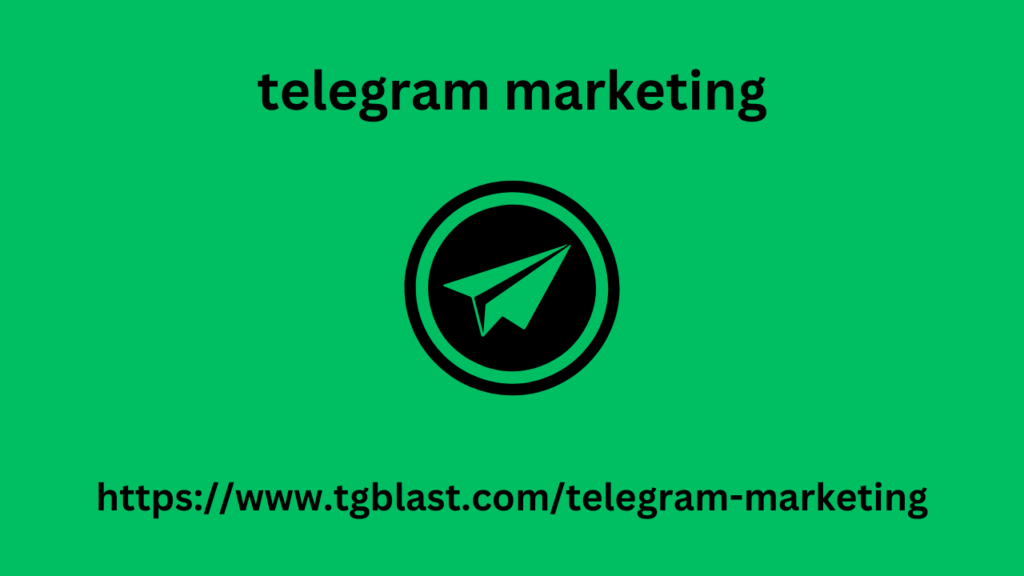Rich media focuses on interaction with the user and increasing their engagement. Thanks to this, they work great in performance campaigns and are increasingly featured in programmatic offers. Why should brands that want to effectively reach their audiences be interested in “rich” media?
Rich media is becoming an increasingly common component of performance campaigns. It provides greater interactivity, stimulates engagement, allows for the transfer of more information, is more persuasive and is easier to remember. “Rich” formats are much more effective than most graphic and text ads and are an effective way to combat banner blindness, or the indifference of Internet users to static creatives.
What is rich media?
Rich media is a broad category of multimedia advertising that combines various media, such as video, sound, text, and animation. “Rich” media often contain interactive elements, such as mini-games, quizzes, or even AR elements (an example of this is brand campaigns on metaverse platforms). The main goal of this format is to increase user telegram marketing engagement and, as a result, advertising effectiveness. That is why rich media is increasingly becoming a component of performance campaigns , designed to achieve specific, measurable effects (increased sales, increased brand recognition, lead generation, etc.).
Effectiveness of rich media – what does the research say?
A well-designed rich media campaign is much harder to ignore than traditional formats. Research confirms this. Internet Retailer calculated that the likelihood of purchasing a product by users who watch a video about it increases by as much as 85 percent. Adobe cites data indicating that rich media ads are as much as 267 percent more effective than standard banners. In turn, according to Wyzowl, 93 percent of companies using multimedia formats believe that they allow users to better understand their product, and more than half of Internet users want to watch a video about a given product before going to the store to buy it.
The study found that 60 percent of users who saw a rich media scroller remembered the ad that aired in the article they were reading. Among respondents who saw a static banner, the same figure was 47 percent. The results translate into a 28 percent increase in favor of the rich media format. Additionally, 30 percent of respondents who saw a scroller remembered the brand promoted in the ad, 9 percent more than in the case of users who saw a static banner.
Rich Media vs. Standard Advertising
Compared to the “rich” media, these standard ones are quite poor. Classic banners are small files up to 200 kilobytes in size in .html, .gif, .png or .jpg format. They do not contain video materials or extensions and usually register only one user click on the link contained in the ad.
Rich media is a completely different “caliber”. The size of creations in this format usually exceeds 200 kilobytes due to richer media and more advanced functions. Unlike classic banners, this type of implementation consists of many files, including graphics, scripts, video recordings. Rich media is also dynamic in terms of construction: they can change size, e.g. after hovering or clicking.
This does not mean that rich media works in every case or has an absolute advantage over traditional solutions. Rich media campaigns are more expensive, often significantly more expensive than traditional ones. In the case of a limited budget, it is sometimes better to consider standard formats. “Rich” media may make limited sense in the case of campaigns that are simple in principle, e.g. those that aim to convey a specific message.
What advertising formats does rich media offer?
Rich media is one of the fastest evolving segments of digital advertising. Its development is driven by new technologies, including AI and AR, the pursuit of user activation through interaction, growing possibilities for detailed analysis of results and campaign optimization, as well as creative implementations of brands and advertising agencies, creating their own, innovative solutions to better adapt to campaign goals and specific groups of recipients. All these factors mean that the rich media segment is enriched with new concepts and tools, providing advertisers with even greater possibilities. However, in the area of ”rich” media, we can distinguish several popular formats, quite commonly used in such campaigns.
Interactive banners
Interactive banners are one of the most commonly used rich media formats. Unlike their static counterparts, they allow users to interact with the content, such as clicking, swiping, filling out forms, watching animations, or even playing mini-games. Examples of this type of solution include:
Interactive video ads
They combine traditional video with interactive elements such as polls, “buy now” buttons, and drop-down menus. Users can click on the video screen to get more information, go to a product page, or watch additional videos.
Lightbox ads
These are interactive ads that, when clicked or hovered over, expand to fill the entire screen, offering additional content such as videos, image galleries, animations, or interactive forms. They allow for increased user engagement, allowing the user to spend more time exploring the ad content.
Interactive mobile ads
These include in-app ads that respond to touch, tilt, or other user gestures. Examples include “swipe to unlock” ads that allow users to unlock hidden content, such as a discount code or additional product information.
Augmented Reality Ads
A solution increasingly used by large and smaller brands. Thanks to AR technology, users can, for example, “try on” clothes or makeup, scan QR codes or observe how a product looks in their own environment. AR ads are becoming increasingly popular on services such as Instagram and Snapchat, as well as on metaverse platforms such as Roblox.
The most important KPIs when measuring rich media campaigns
Rich media is a valuable tool for advertisers not only because of its impact, but also as a rich source of marketing information. Due to its – usually – interactive nature and advanced features, rich media ads provide a richer set of data on the sustainability week at the un general assembly behavior and preferences of recipients than standard campaigns. They allow, among other things, to precisely assess which elements of the ad are most engaging, how long users spend on it, and what actions they take after viewing it. Compared to traditional banners, the process of measuring rich media campaigns is more complex, but it gives advertisers a fuller picture of the effectiveness of their activities. Here are the most important key performance indicators (KPIs) in campaigns using “rich” media.
Post View Conversions
They measure the actions of users who viewed an ad but did not directly click on it. Post-view conversions can include website visits, newsletter sign-ups, or purchases. This metric helps assess how well a rich media ad influences brand awareness and purchase decisions in the long term, even if the user did not immediately respond to the creative.
Interactions with advertising
This refers to all user actions that occur while interacting with the ad: clicking, scrolling, starting a video, or playing a game. A high interaction rate indicates that the ad is most likely effectively engaging the audience – which is key to building a relationship with the brand.
Dwell time
One of the key measures of campaign effectiveness is the time spent by a user interacting with an ad. A longer dwell time can indicate greater engagement and interest in the ad content, which in turn increases the likelihood of conversion and brand recall.
Click-through rate (CTR)
CTR is one of the most important KPIs in online activities. It determines the percentage of users who clicked on a link after viewing an ad. A high CTR indicates the consumer data effectiveness of the ad in attracting attention and encouraging action. In the case of rich media, CTR is often higher than in traditional advertising formats, which indicates the higher effectiveness of the former.
Is it worth using rich media in a performance campaign?
Rich media are advanced advertising formats that use complex media. And focus on user interaction. They allow brands to present their offer more effectively. A express their personality better and make a stronger impression on recipients. And in addition, they are characterized by high measurability, allowing verification of the effectiveness of advertising activities.
Thanks to all these advantages, rich media are a great tool. A for performance campaigns, which are supposed to bring advertisers specific, “tangible” benefits. Activities using rich media are more demanding than promotions based on standard formats. But well-thought-out implementations can bring. A effects that are difficult to achieve in the classic version.

